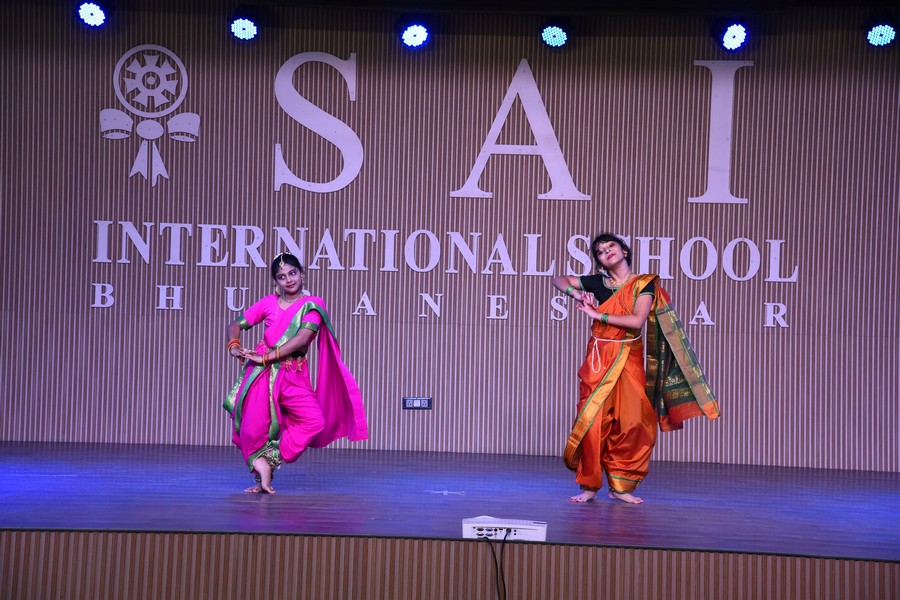"Our strength as a nation comes in our diversity. We are a world-leading melting pot of cultures, languages, religions, and traditions, and that's what makes us stronger." - Congresswoman Rashida Tlaib
In the heart of an ordinary morning, something extraordinary unfolded at the Class IV-G assembly of a renowned school. The air was filled with anticipation and excitement as the talented young performers gathered to showcase India's cultural tapestry through the enchanting lens of folk dances. The theme of the day was 'Unity in Diversity,' a concept deeply woven into the fabric of the nation.
The young dancers of Class IV-G took the stage with grace and enthusiasm, ready to transport the audience on a journey through India's rich and diverse heritage. With vibrant costumes and radiant smiles, they embodied the spirit of unity that transcends boundaries.
The assembly opened with a soul-stirring invocation that paid homage to the various cultures that coexist within the vast expanse of India. The rhythmic beats of traditional instruments resonated through the hall, setting the tone for an unforgettable performance.
The highlight of the event was the mesmerizing display of five different folk dance forms, each representing a distinct region of the country. The colorful tapestry of these performances reflected the beauty and uniqueness of each culture while emphasizing the harmonious coexistence that defines India.
1. Bhangra - The lively and energetic Bhangra from Punjab had the audience tapping their feet and clapping to the beat. The infectious energy of the dancers brought a wave of joy, celebrating the resilience and exuberance of the Punjabi culture.
2. Garba - The graceful and rhythmic Garba from Gujarat wove a story of devotion and togetherness. The dancers moved in harmony, their colorful attire swirling with every step, showcasing the unity that festivals like Navratri bring.
3. Kathak - The classical elegance of Kathak, originating from the northern regions of India, showcased a seamless blend of storytelling and intricate footwork. It symbolized the cultural depth and sophistication that India has nurtured over centuries.
4. Lavani - Hailing from Maharashtra, Lavani brought forth the vivacious spirit of the state. The dancers' spirited movements and joyful expressions resonated with the zest for life that defines Maharashtrian culture.
5. Bihu - The joyful and youthful Bihu dance from Assam captured the essence of rural life and the agricultural significance of the region. The dancers' infectious enthusiasm spread a sense of unity rooted in the simplicity of everyday existence.
As each performance unfolded, the audience was transported to the landscapes and traditions of these diverse regions. The young dancers, with their dedication and passion, broke through language barriers and cultural differences, reminding everyone that the heart of India beats as one.
The assembly concluded with a standing ovation, the applause reverberating through the hall, a testament to the power of unity and cultural harmony. The young performers of Class IV-G left an indelible mark on everyone's hearts, showcasing that despite our differences, we are united by the threads of culture, tradition, and the spirit of togetherness.
The 'Unity in Diversity' assembly not only celebrated India's rich cultural heritage but also sowed seeds of understanding and respect for different traditions. It was a reminder that embracing diversity leads to a harmonious coexistence that enriches us all.














